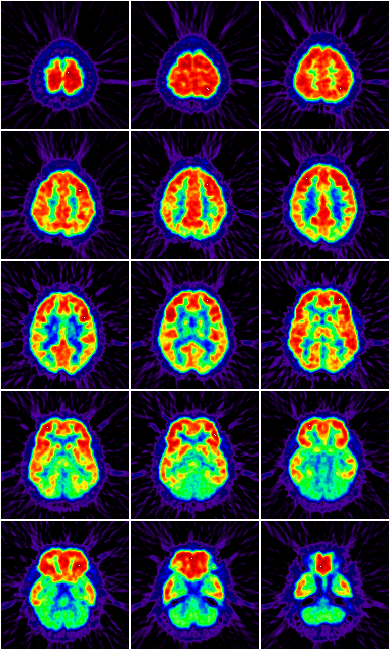
Chapter 2
The Chemical Context of Life
Bozeman Science: Water-A Polar Molecule

Test Your Understanding
Textbook page 42
As you complete test, mark questions with:
a star (I know this),
a checkmark (I might know this),
or a question mark (I don't know, I guessed).
Self-correct using answers in back of textbook.
Write validations/corrections for checkmarks, question marks, and missed stars (oops).

Scientific Skills Exercise:
Interpreting a scatter plot with a regression line
How does the carbonate ion concentration of sea water affect the calcification rate of a coral reef?
Textbook page 40

Illustrative
x
a
m
p
l
e
s
Chemical resistance (wood ants and formic acid)
Cohesion (water transport in trees)
Adhesion (water transport in trees)
High specific heat capacity (temperatures of Pacific Ocean on hot day)
Water's thermal conductivity
Heat of vaporization
Universal solvent supports reactions



isomers
intermolecular attractions
polar covalent bond
chemical equilibrium
ion
hydrogen bond
hydrophilic
hydrophobic
Properties of Water
pH
Oceanic Acidification

Concept
A
R
D
S
radioactive isotope
covalent bond
electronegativity
nonpolar covalent bond
nonpolar molecule

FRQ Log
A: In what ways does the need for iodine or iron in your diet differ from your need for calcium or phosphorus?
B: Describe how the properties of water result from the molecule's polar covalent bonds and how these properties contribute to Earth's suitability for life.
C: What do climate change and ocean acidification have in common?
D: Describe the properties of water that enable a cat to drink water. (Four times a second, a cat's tongue will touch the surface of water and draw a column of water up to its mouth, which shuts before gravity can pull the water back down.)
E: How do the polar covalent bonds that form between oxygen and hydrogen atoms in a water molecule contribute to all the different emergent properties of water upon which living systems depend?

I can't see the forest for the trees...
Basic Biology Text:
Chapter 2 (All sections)
At a minimum, understand:
Chemistry is a backbone to understanding how living systems function. Chemical reactions occur in "powers of ten" within living organisms. A huge majority of these reactions require water. Ocean acidification is a major threat posed to water quality, largely through the burning of fossil fuels.








